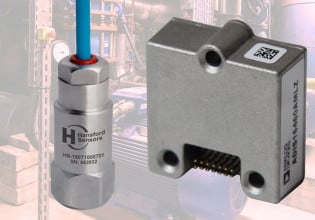X
This sounds crazy I know but I have an Engineer wanting me to devote manpower and materials to install an additional dp cell across an existing orifice plate to monitor a backflow condition. I was wondering if the existing dp cell could be set up to monitor bi-directional flow.
When I asked if the orifice was beveled or square I was told accuracy on reverse flow wasn't an issue... he only wants to detect a reverse flow. If I can re-range the point on the DCS to go from a negative flow to the original positive flow and change the calibration range of the dp cell to measure bi-directional flow, I can save on manpower and on materials to give this guy what he needs...Am I crazy or not?
When I asked if the orifice was beveled or square I was told accuracy on reverse flow wasn't an issue... he only wants to detect a reverse flow. If I can re-range the point on the DCS to go from a negative flow to the original positive flow and change the calibration range of the dp cell to measure bi-directional flow, I can save on manpower and on materials to give this guy what he needs...Am I crazy or not?






